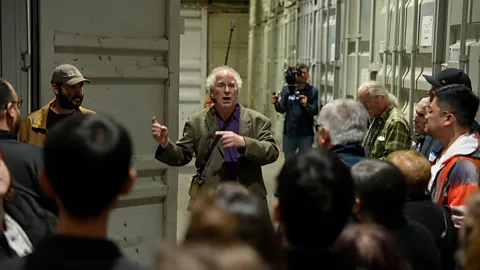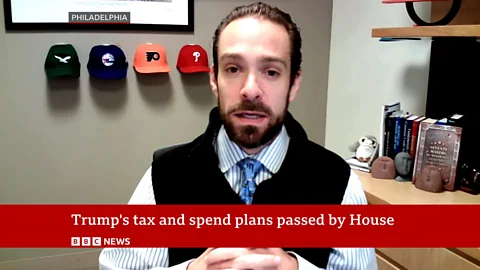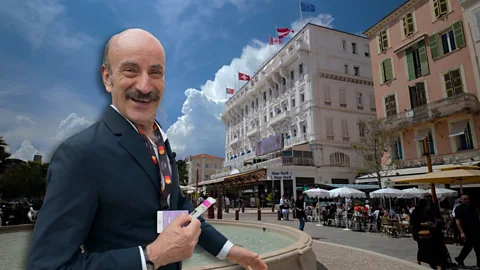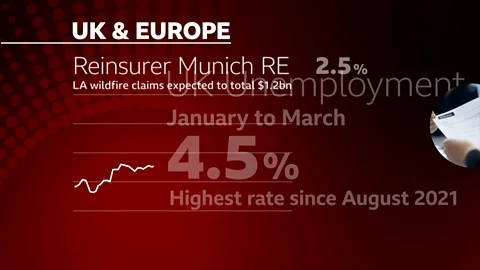The 300-year-old fake news that shook royalty
In 1688, James Francis Edward Stuart, the Prince of Wales, was born in London during a time of heightened Protestant versus Catholic persecution.
It was a birth that was drenched in rumour and allegation before it had even happened and the arrival of the newborn was to have a lasting impact on the monarchy and the British Isles.
But were quirky allegations about the birth just disinformation to discredit the Catholic king, or was there more to them?




















